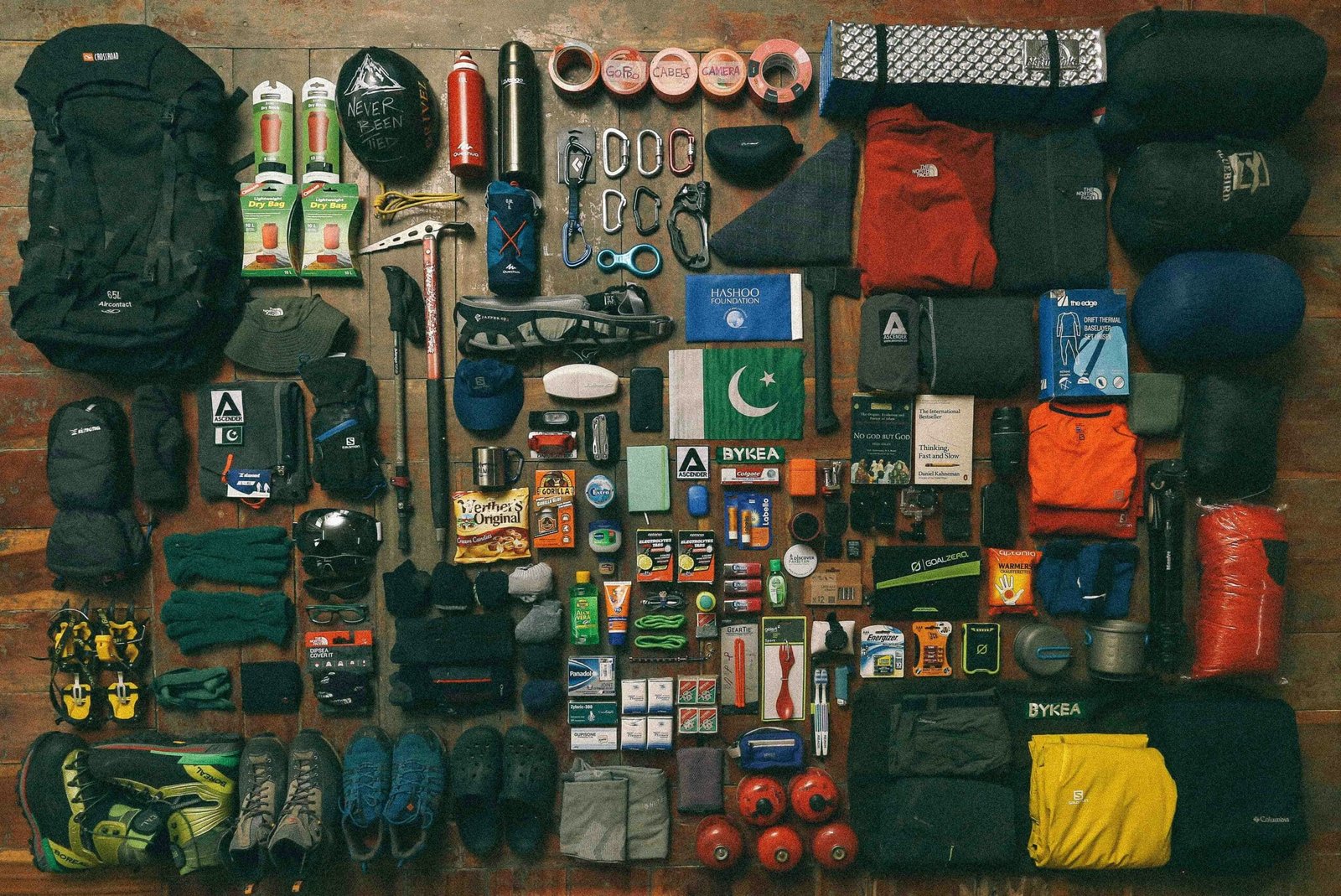Unexpected disasters can strike at any moment—hurricanes, wildfires, floods, or power outages. Too many families and businesses remain unprepared, leaving them vulnerable when every second counts. An emergency preparedness checklist acts as your blueprint for survival. It outlines the supplies, contacts, and procedures you’ll need to stay safe and respond effectively.
Instead of reacting in panic, a detailed checklist helps transform uncertainty into confidence. With the right plan in place, you and your family—or your business—can face crises with focus, speed, and resilience.
How to Build a Custom Emergency Preparedness Checklist
Every family’s needs are different. That’s why creating a custom checklist is more effective than relying on one-size-fits-all templates. Personalizing your plan ensures you’re prepared for the risks that matter most to you.
Steps for Building Your Checklist
- Assess risks: Identify hazards common in your region, such as hurricanes, tornadoes, or wildfires.
- Inventory supplies: Check what you already have at home and note what’s missing.
- Prioritize critical items: Stock water, food, first aid kits, flashlights, and emergency radios first.
- Choose safe storage: Keep items in waterproof containers and in locations that are easy to reach quickly.
- Prepare contact lists: Write down numbers for local emergency services and family contacts.
- Review regularly: Check and update your supplies at least every three months.
By following these steps, you create a living document that evolves with your needs. For example, families with infants may add baby formula and diapers, while households with elderly members might include extra medications or mobility aids.
💡 For a practical starting point, many families turn to reliable suppliers of long-term food storage and emergency gear, such as My Patriot Supply. Their ready-made kits save time while ensuring you don’t miss critical essentials like food rations, water filtration, and survival tools.
Emergency Preparedness for Businesses
Preparedness isn’t just for households—businesses face unique challenges during emergencies. Supply chain delays, employee safety, and regulatory compliance all demand a different approach than family preparedness.
Key Checklist Priorities for Businesses
- Risk assessments: Evaluate company-specific hazards, such as hazardous materials, IT failures, or storm damage.
- Employee training: Ensure staff know evacuation routes, first aid basics, and how to operate safety equipment.
- Emergency protocols: Integrate preparedness into workplace policies and safety manuals.
- Regular drills: Run simulations to practice real-time responses and improve coordination.
These measures protect employees, maintain operations, and strengthen business resilience. Some companies now use digital checklist templates that can be shared with staff, updated quickly, and tailored to multiple locations.
Final Takeaway
Emergencies may be unpredictable, but your response doesn’t have to be. Building and maintaining an emergency preparedness checklist gives you control, whether you’re protecting your family or safeguarding your business.
- For individuals and families: Custom checklists ensure that water, food, first aid, and communication tools are always ready.
- For businesses: Structured plans, training, and drills keep operations stable and employees safe.
Resources like My Patriot Supply can help simplify this process, offering ready-to-use survival kits and long-term food storage that complement your personalized checklist. By putting these plans into action now, you’ll replace fear with readiness and move into any crisis with confidence.
FAQs on Emergency Preparedness
What are the essential items for an emergency kit?
Water (1 gallon per person per day), non-perishable food, first aid supplies, emergency radio, flashlights, a multi-tool, and fire starters.
How much water should I store?
Plan for one gallon per person per day for at least two weeks. Don’t forget extra water for cooking, cleaning, and medical needs.
What food lasts longest in an emergency kit?
Canned goods, rice, beans, oats, dried fruits, and vacuum-sealed snacks. Rotate items every 6–12 months. Ready-made long-term food kits from suppliers like My Patriot Supply can also reduce the guesswork.
How often should I update my emergency kit?
Review and refresh supplies quarterly. Replace expired items and test equipment like radios and flashlights.
What power sources are reliable in a crisis?
Solar-powered radios, hand-crank chargers, power banks, and backup batteries. These ensure you can stay informed and connected.
How can businesses prepare differently?
Businesses should focus on employee safety, evacuation procedures, supply chain continuity, and compliance with local regulations.

